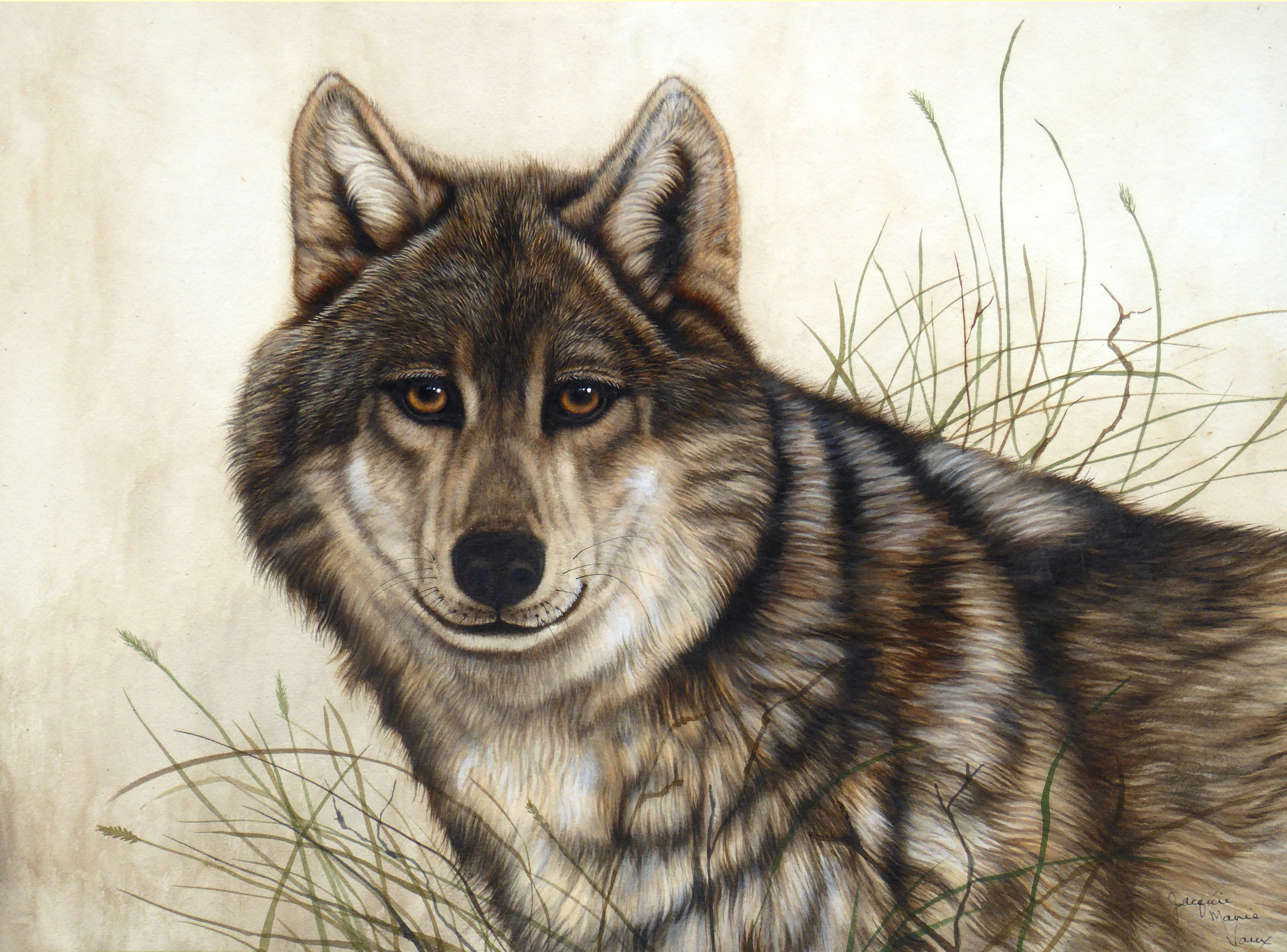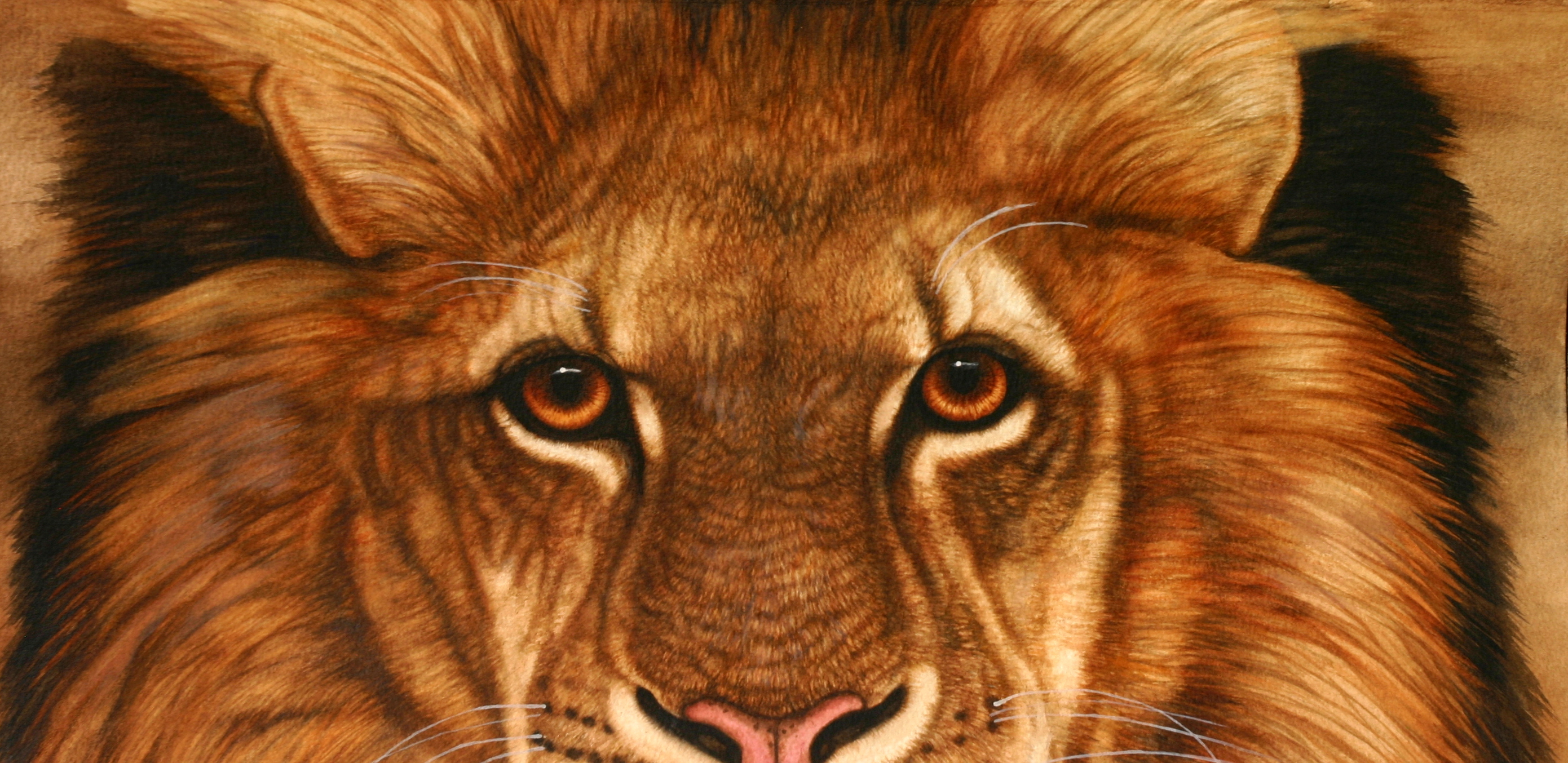Why Gray Wolves Matter- Part 2

 Wolves are highly territorial animals, and usually establish territories larger than they require to survive in order to assure a steady supply of food. Territory size depends largely on the amount of prey available and the age of the pack’s pups. Wolf packs travel constantly in search of prey, covering roughly 16 mi/day. Wolf packs are typically settled in their territories , usually only leaving their home ranges during severe food shortages.
Wolves are highly territorial animals, and usually establish territories larger than they require to survive in order to assure a steady supply of food. Territory size depends largely on the amount of prey available and the age of the pack’s pups. Wolf packs travel constantly in search of prey, covering roughly 16 mi/day. Wolf packs are typically settled in their territories , usually only leaving their home ranges during severe food shortages.
Wolves defend their territories from other packs through a combination of scent marking, direct attacks and howling. Scent marking is used for territorial advertisement, and involves urination, defecation and ground scratching. Scent marks are generally left every 260 yds throughout the territory on regular paths. and junctions. Such markers are typically placed near rocks, boulders, trees, or the skeletons of large animals. Territorial fights between wolves are among the principal causes of wolf mortality.
The gray wolf is generally monogamous: mated pairs usually remaining together for life. Upon the death of one mated wolf, pairs are quickly re-established. Since males often predominate in any given wolf population, unpaired females are a rarity. Gray Wolves may adopt the pup or pups of another wolf, if the original parents die or are separated from them.
Females are capable of producing a litter of pups every year and usually do. Females become fertile in late winter. Old females usually give birth in the den of their previous litter, while younger females typically den near their birthplace. The gestation period lasts 62–75 days. Wolves bear relatively large pups in small litters, averaging 5–6 pups, however, litter sizes tend to increase in areas where prey is abundant. Exceptionally large litters of 14–17 pups occur only 1% of the time.
Pups are usually born in spring, coinciding with a corresponding increase in food-prey populations. Pups are born blind and deaf, and are covered in short soft grayish-brown fur. They weigh only11–18 oz at birth, and begin to see after 9–12 days. Pups first leave the den after 3 weeks. At 1 1/2months of age, they are spry enough to flee from danger. Mother wolves remain in the den for the first few weeks, relying on the fathers to provide food for them and their young. Pups begin to eat solid food at the age of 3–4 weeks.
Pups have a very fast growth rate during the first few months. Wolf pups begin play-fighting at the age of 3 weeks. Actual fights to establish dominance usually occur at 5–8 weeks of age. By the fall, the pups are mature enough to accompany adults on hunts for major prey.
Gray wolves howl to assemble the pack (usually before and after hunts), to pass on an emergency alarm, to locate each other during a severe storm or unfamiliar territory and to communicate across great distances. Wolf howls can under certain conditions be heard over areas of up to 50 sq mi). Wolf howls are generally indistinguishable from those of large dogs. Howls used for calling pack mates to a kill are long, smooth sounds. When pursuing prey, they emit a higher pitched howl, vibrating between two notes. When closing in on their prey, they emit a combination of a short bark and a howl.
When howling together, wolves harmonize rather than howl on the same note. They want to create the illusion of there being more wolves than there actually are. Lone wolves typically avoid howling in areas where other packs are present. Wolves from different geographic locations may howl in different ways.
Other vocalizations of wolves are usually divided into three categories: growls, barks and whines. Barking is usually emitted by startled wolves, but not as loudly or continuously as dogs do, but bark a few times and retreat from perceived danger. Growling is usually emitted during food challenges, but pups commonly growl when playing. Whining is fairly non-specific and can be associated with situations of anxiety, curiosity, inquiry and intimacy, during greeting, feeding pups and playing.
The gray wolf generally specializes in feeding on the vulnerable individuals of large prey. Although wolves primarily feed on medium to large-sized hoofed animals, they are not fussy eaters. Smaller sized animals that may supplement the diet of wolves include mice, marmots, hares, badgers, foxes, weasels, ground squirrels, hamsters, voles and other rodents. They frequently eat ducks, geese and their eggs. When such foods are insufficient, they prey on lizards, snakes, frogs, rarely toads and large insects when available. In times of scarcity, wolves readily eat carrion, visiting cattle burial grounds and slaughter houses. Cannibalism is common in wolves: especially during harsh winters, packs will attack weak or injured wolves, and may eat the bodies of dead pack members.
Wolves have been proven to be an essential element in our current ecosystems. Recently several programs in several different states have been successful in producing wolf packs with significant numbers. Efforts to re-establish them have been met with misunderstanding, skepticism and political opposition.
However, in order to allow these initial programs to continue to parlay this success we must maintain our constant vigil, pressuring our lawmakers to draft legislation that encourages our wolf populations to continue to grow and prosper.
To see more of my wolf Paintings… Click HERE
